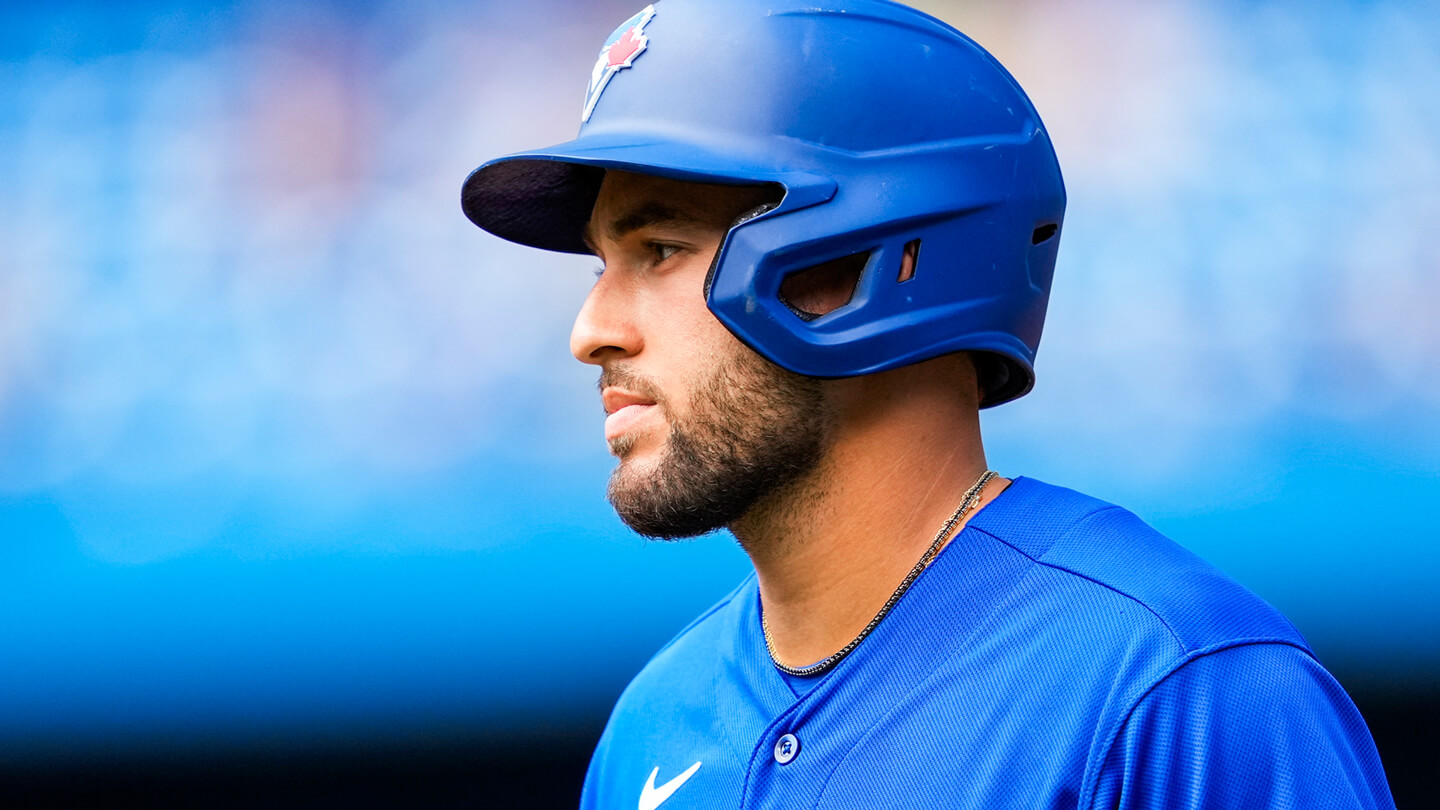O
n a quiet morning in March, Danny Jansen is lying flat on the ground alongside the bullpen mounds at the Blue Jays’ spring training facility in Dunedin, Fla. He’s about to catch a bullpen session — one of the many thankless tasks catchers accept in the course of a long season. Fifty feet away, Jose Berrios is nearly ready to throw. Yet for that to happen Jansen must also be ready, so the catcher keeps stretching from his spot near home plate, rolling a baseball between the ground and his right forearm to loosen it a little ahead of his day’s work.
In 2021 a hamstring injury limited Jansen to just 70 games, but this year he’s determined to play more. For inspiration, he looks at MLB’s most durable catchers, the likes of Sal Perez, Yadier Molina and J.T. Realmuto. “I respect those guys a ton,” Jansen says. “It’s something I’m striving for, too. It’s something I’m learning. … You’re never going to be 100 per cent — very rarely are you ever — so I’m definitely on my way of figuring out a way better routine.”
He’s not the only Blue Jays player intent on taking the field for more games this year than they did in 2021. There’s no denying the ability on this roster. But assembling a talented team is one thing, keeping it healthy for 162 games is another challenge. And even then – what’s the point of making the playoffs if you’re burnt out once you get there? If Toronto’s coaching staff pushes players too hard, the team’s performance will suffer, but no team wants to go down with its best on the bench. It’s a balancing act, one the Blue Jays attempt to navigate with both hard data and soft skills. In the months ahead, their approach to workloads will shape their success on the field.
“That’s the trickiest puzzle in all sports,” Blue Jays bench coach John Schneider says. “Trying to stay way ahead of performance, workload and fatigue to get the best version of the player as many times as we can. Making them available to us, but at the same time keeping in mind that we need them to try to play the long game as opposed to [only] this win tonight or tomorrow.”




